Tag: guidelines

Outcome After Out-of-Hospital Ventricular Fibrillation or Pulseless Ventricular Tachycardia
Survival was found to be at the upper range of the results retrieved by the systematic literature review. However, we found no significant improvements over time. The neurological outcomes of the survivors were favorable.... read more
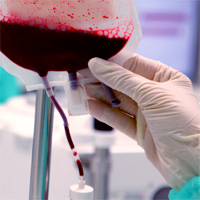
The Role of Central Venous Oxygen Saturation (ScvO2) as an Indicator of Blood Transfusion in the Critically Ill
Transfusion of red blood cells is an everyday practice in critical care with the primary aim of restoring adequate tissue oxygenation. However, blood transfusion may also be harmful and costly, therefore a so called restrictive... read more

Essentials of Mechanical Ventilation
The acclaimed application-based guide to adult mechanical ventilation, updated to reflect the latest topics and practice guidelines. This practical guide is written from the perspective of authors who have nearly 100 years'... read more

Systemic Early Neuromuscular Blockade in ARDS – The ROSE Trial
The early use of neuromuscular blocking agents in the setting of moderate-to-severe acute respiratory distress syndrome (ARDS) was previously understood to confer a survival advantage at 90 days, based on the outcomes of... read more

The association between intravenous fluid resuscitation and mortality in older emergency department patients with suspected infection
Recent studies suggest that hypotension thresholds in current guidelines might be too low for older patients due to arterial stiffening, possibly leading to insufficient fluid resuscitation. We compared intravenous (IV) fluid... read more
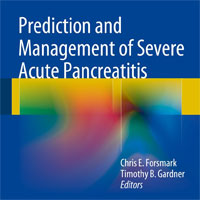
Prediction and Management of Severe Acute Pancreatitis
This volume provides a comprehensive summary of the field, with expert recommendations on prediction and management. It details the recent consensus guidelines (2012) updating the definition of pancreatitis and its complications.... read more

Level and Prevalence of Spin in Published Cardiovascular Randomized Clinical Trial Reports With Statistically Nonsignificant Primary Outcomes
In this systematic review that included 93 reports of Randomized Clinical Trials (RCTs) from 6 high-impact journals, positive spin of statistically nonsignificant primary outcomes was found in 57% of abstracts and 67% of... read more
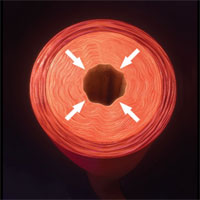
Angiotensin II For Septic Shock Treatment
Angiotensin II has been studied for many years and has consistently shown to increase MAP. This medication adds a new mechanism of action to the vasopressor arsenal that is already used for septic shock. Angiotensin II should... read more

Initial Arterial pH as a Predictor of Neurologic Outcome After Out-of-hospital Cardiac Arrest
Lower pH after out-of-hospital cardiac arrest (OHCA) has been associated with worsening neurologic outcome, with ... read more
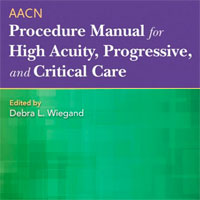
AACN Procedure Manual for High Acuity, Progressive, and Critical Care
The AACN Procedure Manual for High Acuity, Progressive, and Critical Care, 7th Edition, authored by the American Association of Critical-Care Nurses, is the authoritative reference to procedures performed in high acuity,... read more

Contemporary Management of Cardiogenic Shock
Cardiogenic shock (CS) is a multifactorial and hemodynamically diverse high-acuity illness that is frequently associated with multisystem organ failure. The complexity of CS requires a widespread application of best-care... read more
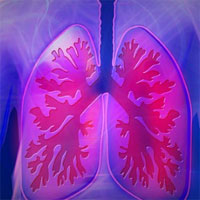
Does De-escalation of Anti-MRSA Therapy for Culture-negative Pneumonia Affect Patient Outcomes?
Nosocomial pneumonia is a common hospital-acquired infection and has a high mortality rate in the critically ill. Because drug-resistant bacteria like Pseudomonas aeruginosa and methicillin-resistant Staphylococcus aureus... read more

Optimizing Beta-Lactam Treatment in the ICU
The French Society of Pharmacology and Therapeutics (SFPT) and the French Society of Anesthesia and Intensive Care Medicine (SFAR) have released guidelines on the optimization of beta-lactam treatment in intensive care unit... read more

Antibiotics for Sepsis – Finding the Equilibrium
Sepsis is medicine’s last remaining preserve for unrestrained antibiotic prescribing. The Surviving Sepsis Campaign guidelines recommend empirical broad-spectrum therapy within one hour of triage for both sepsis and septic... read more








